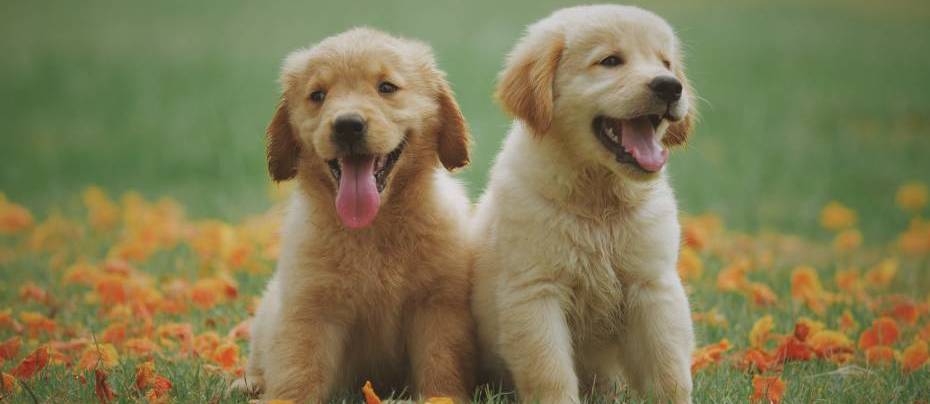
Many rescue groups and shelters are reporting an increase in adoptions and people interested in fostering animals while we are all spending more time at home.
This is fantastic news for these pets, some of whom could have been in the care of the rescue or shelter for a number of years before finding their forever home.
We've compiled our top three tips to help your new pet transition to life with you in their new home as easily as possible.
1. Prepare Your House
This is particularly important if you are bringing a new puppy or kitten home, but some older pets never lose their inquisitive nature and will want to explore anything they can get to. And because dogs and cats lack hands, they explore things with their mouth. Be sure to put anything fragile and/or expensive out of reach or in a cupboard to avoid any accidental breakages.
Take the time to check that any plants you have in and around your house are pet-friendly as many are poisonous to pets. We've listed some of the more common household plants that are toxic in the image below, but there are many more that can also harm your new pet, so it is best to check with your vet if you are not certain.
While checking on the plants and trees, also check for any that drop seeds, berries or fruit stones, as these could cause your pet to choke if they are ingested. Pop into your garage and check that all the fertilizers and other chemicals you use around the home are safe for pets as well.
If there are parts of your house or yard that you do not want your pet to have access to, you can use a portable baby gate or fence inside, or a more sturdy, weatherproof option outside. Some dogs are master escape artists, so check your fence will be high enough for the breed and that any holes or routes of escape are patched up or covered.
2. Dedicate a Space For Your Pet
When you first bring your new pet home, you want to set aside an area of the house for them to be confined to while they adjust to their new environment. This could be a part of the kitchen, a bathroom or laundry or even a bedroom.
In this space, you want to set up your pet's bedding, food and water bowls, some toys and a litter tray or some puppy pee pads. Keep your pet confined to this area for the first few days (unless you take them outside to go to the bathroom), then you can slowly allow them to explore new parts of the house, one section at a time.
You can also begin to introduce them to any existing pets at this time. They should first be introduced to each other through a closed door which allows each pet to become used to the scent of the other. Once they both seem comfortable, you can progress to allowing them to see each other from a distance or peek through a partly opened door. The final step is to let them get up close and personal with one another. Encourage good behavior at all stages of the introduction with treats and lots of praise.
Not all pets will immediately adjust to their new life or their new housemates. Take it slow and allow your pets to set the pace for any introductions. It is better to take your time when introducing new pets. If you move too quickly and one pet or both have a negative experience, then you can find yourself back at the beginning.
3. Remember to be Social
While this part can be tricky given the varying levels of restrictions in each state, try to take your dog on regular walks and allow them to interact with other dogs if the owner approves so that they don't develop bad habits while these restrictions are in place. Once life returns to normal, regular visits to the dog park are a great idea to ensure your dog is well socialised.
If you have adopted a puppy, training and socialisation should be started straight away. Between the ages of three weeks and 17 weeks of age, puppies are in a 'critical socialisation period' when they should be introduced to as many new environments as possible. Enrolling them in a reward-based puppy preschool class will also help them to develop crucial doggy socialisation skills.
Puppies should only be walked or socialised with other dogs after they have completed the full course of their recommended vaccinations. Interacting with other dogs before your puppy is fully vaccinated leaves them open to contracting potentially life threatening diseases such as parvovirus.
If you are able to, enroll your puppy in puppy preschool to ensure you develop a good relationship and good habits early in life. Don't believe the myth that old dogs can't be taught new tricks! It is never too late to enroll your dog in any kind of training program to correct bad behaviors or to improve your relationship.
Be Patient
Ask anyone that has ever brought home a new pet and they will tell you that patience is key. Your new pet might adjust to their new life within a matter of days or even hours. Some pets could take months. But do not be disheartened. The love and affection that a pet provides will be worth any bumps in the road along the way.
VetShopAustralia now stocks the Royal Canin tailored nutrition range made just for puppies and kittens











